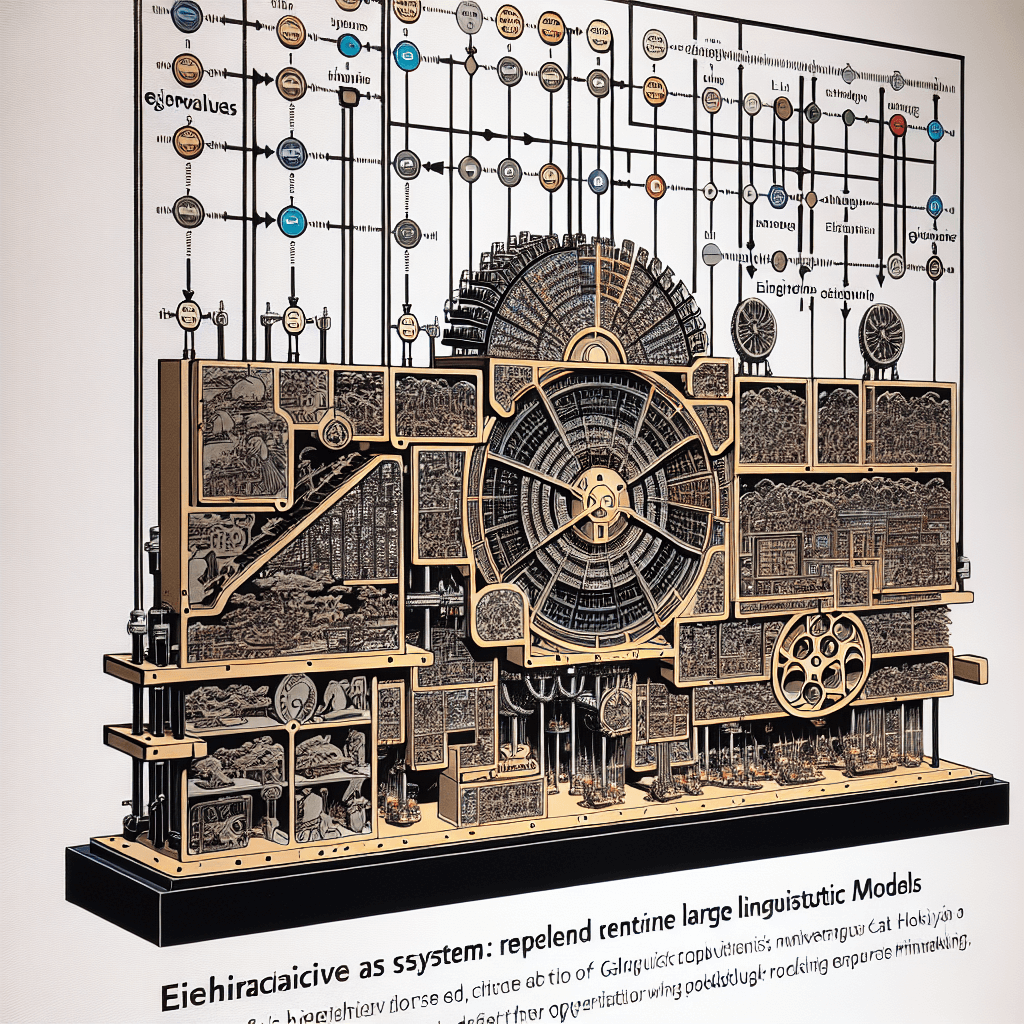Eigenvalues and Eigenvectors: Their Relevance to Large Language Models
syndu | June 6, 2023, 3:06 p.m.

Eigenvalues and Eigenvectors
Eigenvalues and eigenvectors are concepts from linear algebra that arise in the context of matrix transformations. They have applications in various fields, including machine learning and natural language processing. Let's first define these terms and then discuss their relevance to large language models.
Definition
Given a square matrix A, an eigenvector v is a non-zero vector that, when multiplied by A, results in a scaled version of itself. The scaling factor is called the eigenvalue (λ) associated with that eigenvector. Mathematically, this relationship is expressed as:
A * v = λ * vEigenvalues and eigenvectors provide insights into the properties of a matrix, such as its stability and the directions in which it scales or compresses data. They are widely used in various applications, including dimensionality reduction, data compression, and spectral clustering.
Relevance to Large Language Models
Eigenvalues and eigenvectors are not directly involved in the creation, training, fine-tuning, or usage of large language models like GPT-3 or BERT. These models are primarily based on deep learning techniques, such as attention mechanisms and transformer architectures, which do not explicitly rely on eigenvalues or eigenvectors.
However, eigenvalue and eigenvector analysis can be relevant in some aspects of natural language processing and machine learning, such as:
- Dimensionality reduction: Techniques like Principal Component Analysis (PCA) and Singular Value Decomposition (SVD) use eigenvalues and eigenvectors to project high-dimensional data onto lower-dimensional spaces while preserving as much information as possible. These methods can be applied to text data for visualization, feature extraction, or noise reduction.
- Spectral clustering: Eigenvalues and eigenvectors can be used in spectral clustering algorithms, which are unsupervised learning techniques for partitioning data into clusters based on similarity. In the context of natural language processing, spectral clustering can be applied to group similar documents or words.
- Latent Semantic Analysis (LSA): LSA is a technique for extracting and representing the underlying meaning or concepts in text data. It uses SVD, which is closely related to eigenvalue and eigenvector decomposition, to create a lower-dimensional representation of the term-document matrix.
In summary, while eigenvalues and eigenvectors are not directly involved in the creation, training, fine-tuning, or usage of large language models, they have applications in various natural language processing and machine learning techniques that can be used alongside or as a preprocessing step for these models.
Eigenvalues and eigenvectors provide insights into the properties of a matrix, such as its stability and the directions in which it scales or compresses data.




